1. Harlem, New York City

Harlem isn’t just a neighborhood—it’s a movement. This iconic section of Manhattan has been a cultural epicenter for Black artistry, music, and activism for over a century. The Harlem Renaissance of the ‘20s and ‘30s gave the world luminaries like Langston Hughes, Duke Ellington, and Zora Neale Hurston. Even today, you can feel that history in the air when you walk down 125th Street, past the legendary Apollo Theater. It’s the kind of place where you can stumble into a jazz club, hear a spoken word performance, or catch a gospel brunch all in one afternoon. Harlem’s food scene is just as rich, with soul food institutions like Sylvia’s and Red Rooster serving up flavors steeped in tradition. The Schomburg Center for Research in Black Culture is a must-visit for history buffs, offering archives that trace the African diaspora’s impact worldwide. Street vendors sell everything from dashikis to custom artwork, adding to the neighborhood’s vibrant energy says the New York Times.
Harlem is also home to Marcus Garvey Park, where summer concerts and cultural festivals bring people together in celebration. The National Jazz Museum keeps the spirit of the Harlem Renaissance alive with exhibits and live performances. Each year, the Harlem Week festival showcases Black excellence through fashion, music, and education. Murals depicting Black icons line the streets, turning the neighborhood itself into an open-air museum. The Studio Museum in Harlem highlights contemporary Black artists, offering a fresh take on what it means to be a part of this cultural legacy. Even the brownstones here tell a story, having housed generations of Black families, writers, and revolutionaries. On any given day, you might catch a block party, a political rally, or a parade celebrating African heritage. Harlem is more than a destination—it’s a testament to Black resilience, creativity, and community.
2. Bronzeville, Chicago
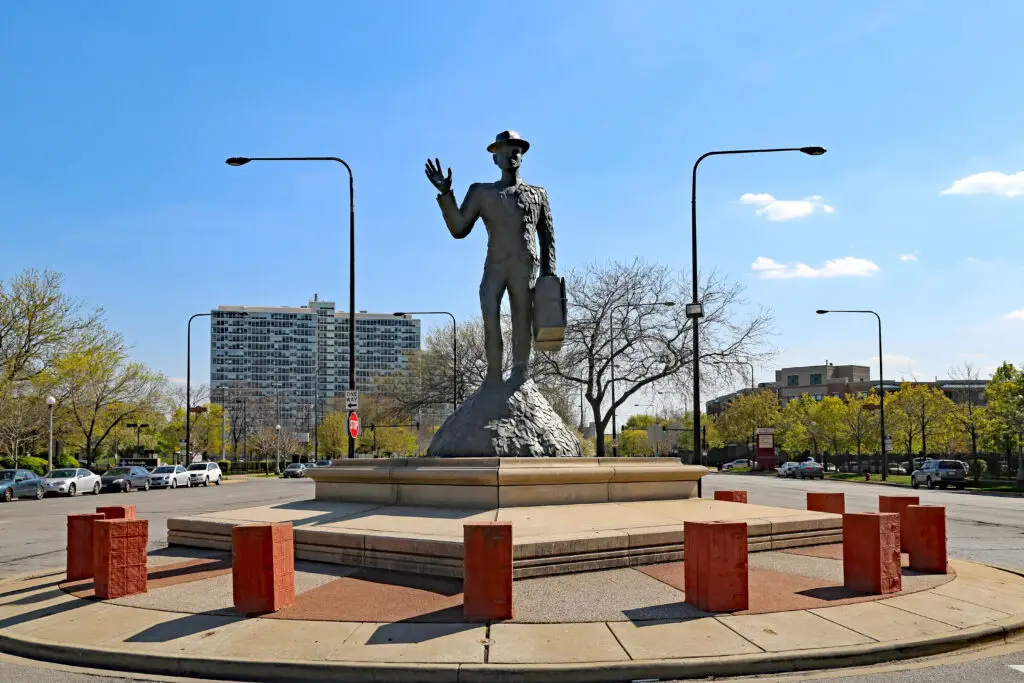
Bronzeville is the beating heart of Chicago’s Black history. Once known as the “Black Metropolis,” this South Side neighborhood was a hub for Black businesses, activism, and the arts during the Great Migration. It’s where icons like Gwendolyn Brooks, Louis Armstrong, and Bessie Coleman lived and thrived. The neighborhood’s legacy is kept alive through institutions like the DuSable Museum of African American History, which dives deep into Black culture and civil rights movements explains WTTW. Walking down King Drive, you’ll see stunning murals that pay tribute to past and present Black leaders. The Harold Washington Cultural Center showcases local talent through plays, concerts, and poetry nights. It’s also a foodie’s paradise, with soul food joints and jazz lounges that feel like a step back in time.
Despite facing challenges over the years, Bronzeville remains a symbol of Black strength and ingenuity. The South Side Community Art Center, founded in the ‘40s, still supports emerging Black artists. The annual Bud Billiken Parade, the largest African American parade in the U.S., has been a community staple for nearly a century. You can visit the former home of Ida B. Wells, a journalist and activist who fought tirelessly against injustice. The neighborhood’s Black-owned bookstores and coffee shops foster conversations about literature, politics, and identity. With its historic greystones and modern developments, Bronzeville continues to evolve while honoring its roots. Whether you’re exploring its history or enjoying its thriving arts scene, this neighborhood is a love letter to Black excellence.
3. Sweet Auburn, Atlanta
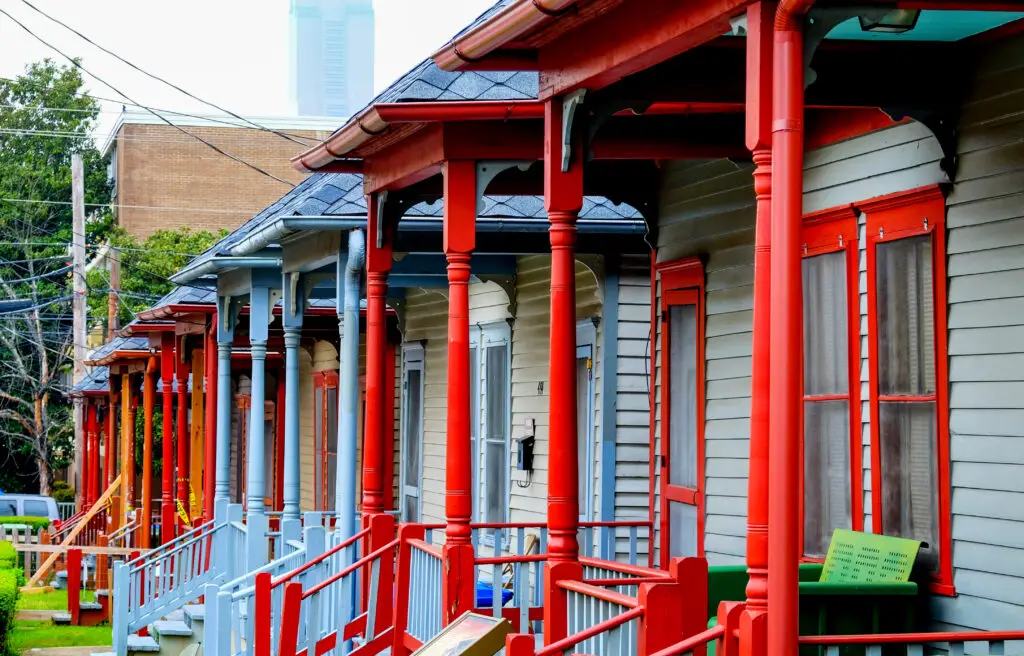
Sweet Auburn isn’t just any neighborhood—it’s the birthplace of Martin Luther King Jr. This historic district played a crucial role in the civil rights movement, and its streets are filled with stories of struggle and triumph. The King Center preserves MLK’s legacy with exhibits on his life and activism, while Ebenezer Baptist Church still stands as a powerful symbol of faith and resistance. The Apex Museum dives into Atlanta’s Black history, covering everything from the transatlantic slave trade to the successes of Black-owned businesses. Edgewood Avenue is now a hotspot for Black entrepreneurs, with coffee shops, restaurants, and lounges celebrating the neighborhood’s legacy. The historic Royal Peacock nightclub, once a stage for James Brown and Aretha Franklin, continues to be a gathering place for music lovers says Discover Atlanta.
Sweet Auburn’s annual festival brings people together through art, music, and storytelling, keeping the spirit of the neighborhood alive. The Civil Rights Walk of Fame honors the activists who paved the way for progress. Murals throughout the district depict powerful moments from the movement, turning every corner into a history lesson. The neighborhood’s transformation over the years has seen a mix of preservation and innovation, with historic buildings now housing modern Black-owned businesses. Paschal’s, a restaurant that once served as a meeting spot for civil rights leaders, still serves up some of the best fried chicken in Atlanta. Sweet Auburn Market offers everything from soul food to Caribbean dishes, reflecting the diversity of Black culture. Whether you’re visiting for history, food, or community, Sweet Auburn feels like stepping into a living museum.
4. Overtown, Miami

Once known as “The Harlem of the South,” Overtown has a deep-rooted Black history that pulses through its streets. This Miami neighborhood was a cultural hotspot during segregation, attracting legends like Ella Fitzgerald and Nat King Cole to its theaters and nightclubs. The Lyric Theater, a historic landmark, still hosts performances that honor Overtown’s artistic legacy. The Black Police Precinct and Courthouse Museum sheds light on the struggles and victories of Black law enforcement officers. Murals throughout Overtown showcase the resilience of its residents, many of whom have worked to preserve the neighborhood’s history. The community is home to an array of soul food spots, from Jackson Soul Food to Lil Greenhouse Grill, where recipes have been passed down for generations adds WRLN.
Overtown’s annual music festival celebrates the neighborhood’s contributions to jazz, R&B, and hip-hop. Historic churches like Mt. Zion Baptist have been pillars of strength, providing a space for activism and community support. Despite facing gentrification pressures, local organizations are fighting to keep Overtown’s Black heritage intact. The neighborhood’s farmers market supports Black vendors, offering fresh produce and handmade goods. Walking tours take visitors through Overtown’s historic sites, connecting the past with the present. Local artists are using their platforms to share stories of migration, resilience, and cultural pride. The neighborhood remains a gathering place for discussions on social justice and empowerment. Overtown isn’t just about its past—it’s about carrying that history forward for future generations.
5. U Street Corridor, Washington, D.C.

U Street has long been a mecca for Black culture in the nation’s capital. Once called “Black Broadway,” it was the epicenter of D.C.’s jazz scene, with Duke Ellington, Billie Holiday, and Cab Calloway all performing here. The Howard Theatre, a historic venue that once hosted legends, still draws crowds for live music and spoken word performances. Ben’s Chili Bowl, a beloved Black-owned eatery, has been serving its famous half-smokes since the ‘50s and remains a symbol of resilience. The African American Civil War Memorial pays tribute to Black soldiers who fought for freedom. The neighborhood’s murals honor everyone from Chuck Brown, the godfather of go-go music, to civil rights icons adds the Washington Post.
The annual Funk Parade is a massive celebration of Black music and culture, filling the streets with energy and joy. Black-owned bookstores and cafes create spaces for community engagement and discussion. The area’s nightclubs and lounges keep go-go, jazz, and hip-hop alive, ensuring that U Street remains a cultural hotspot. Activists and historians work to preserve its legacy amid ongoing development. The neighborhood’s Black Lives Matter Plaza has become a symbol of modern activism, drawing people from all walks of life. Whether you’re here for the music, the history, or just a late-night meal at Ben’s, U Street is a place where Black culture thrives.
6. Jackson Ward, Richmond
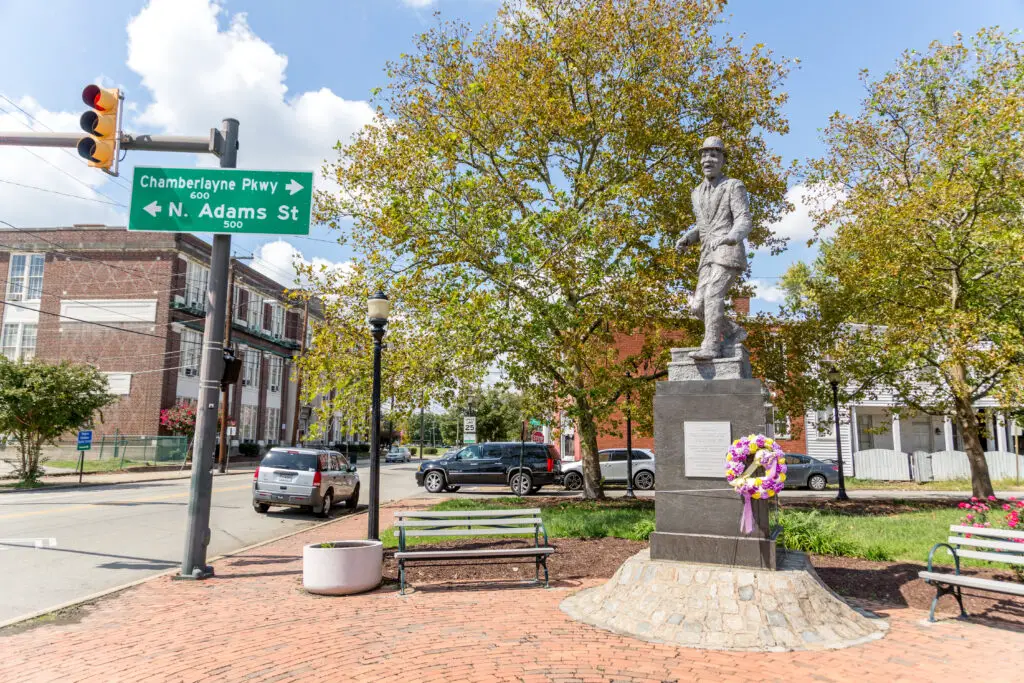
Jackson Ward is often called the “Harlem of the South,” and for good reason. This Richmond neighborhood was once a thriving hub for Black entrepreneurship, arts, and activism. In the early 20th century, it was home to Maggie L. Walker, the first Black woman to charter a bank in the United States. Her home is now a museum that showcases her incredible contributions to financial empowerment. The Hippodrome Theater, which once hosted stars like Duke Ellington and Ella Fitzgerald, remains a cultural landmark. The Black History Museum and Cultural Center of Virginia offers an in-depth look at the struggles and triumphs of African Americans in the region. Throughout the neighborhood, murals and public art celebrate Black icons, making every walk through its streets a history lesson.
Jackson Ward’s culinary scene is just as rich, with Black-owned restaurants serving everything from soul food to modern fusion dishes. The neighborhood’s First Fridays event showcases local Black artists and musicians, turning the streets into an open-air gallery. Despite facing challenges like gentrification, the community continues to fight for the preservation of its Black heritage. The annual 2nd Street Festival celebrates Jackson Ward’s legacy with music, dance, and storytelling. The area’s historic architecture, with its stunning row houses and churches, tells the story of generations who built this neighborhood from the ground up. Activists and historians work tirelessly to ensure that Jackson Ward’s Black history is not erased. Whether you’re visiting a museum, attending a festival, or grabbing a bite at a Black-owned café, you’ll feel the deep cultural pride that defines this neighborhood.
7. West End, New Orleans
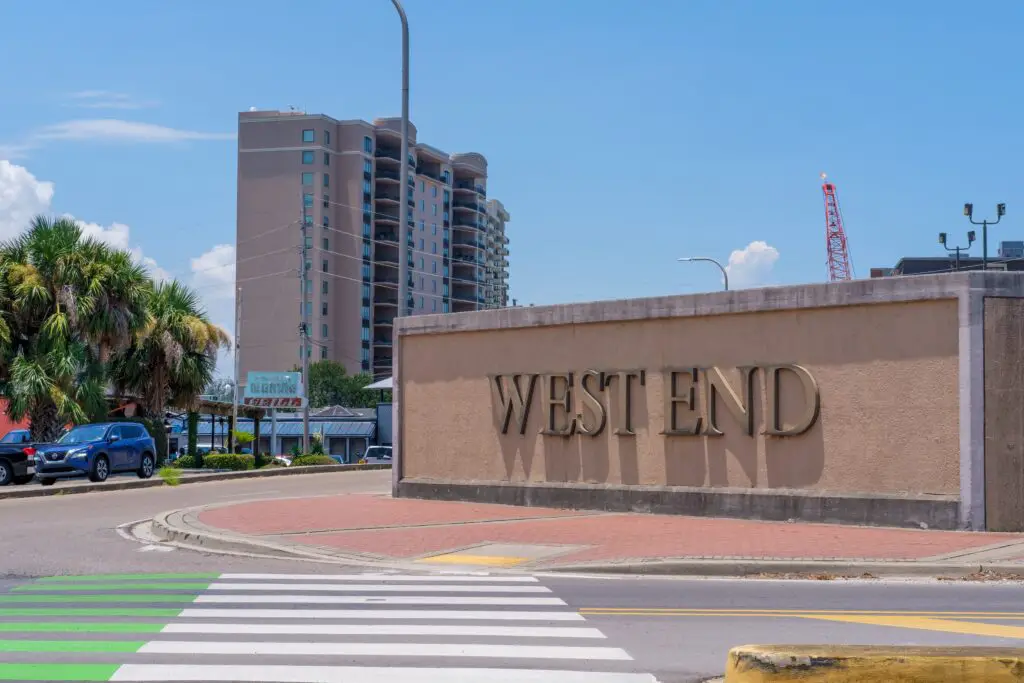
New Orleans is known for its deep Black roots, and the West End is one of its cultural gems. This neighborhood has been a vital part of the city’s Black community for generations, blending African, Caribbean, and Creole influences into something uniquely New Orleans. Music is at the heart of West End, where jazz, blues, and brass bands bring the streets to life. Second-line parades, a staple of the city’s culture, often weave through this neighborhood, turning any day into a celebration. The New Orleans African American Museum highlights the city’s rich Black history, from slavery to civil rights. Congo Square, a short distance away, is where enslaved Africans once gathered to play music and preserve their heritage, laying the foundation for jazz.
West End’s food scene is equally legendary, with Black-owned restaurants serving up gumbo, jambalaya, and beignets made from generations-old recipes. The neighborhood’s churches have long been pillars of strength, supporting the community through hurricanes, social movements, and everyday life. Mardi Gras Indians, with their elaborate, hand-sewn suits, bring a unique cultural tradition that blends African and Native American heritage. The Black Masking Culture, deeply tied to the neighborhood, tells stories of resistance and resilience. The annual Essence Festival, though citywide, brings a special energy to West End, drawing Black artists, activists, and entrepreneurs from around the world. Whether you’re catching live music, exploring historic sites, or just soaking in the vibrant atmosphere, West End is a place where Black culture is celebrated every day.
8. The Fillmore, San Francisco
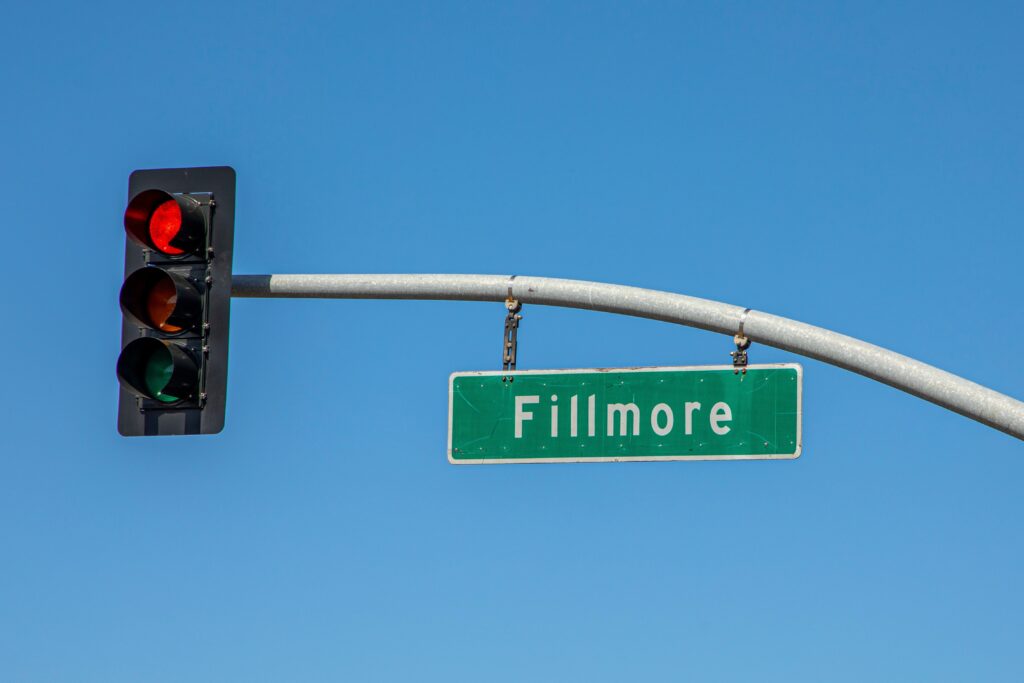
San Francisco’s Fillmore District was once known as the “Harlem of the West,” a thriving Black cultural and business hub. During the ‘40s and ‘50s, jazz legends like Miles Davis and John Coltrane played at the Fillmore Auditorium, leaving an imprint that still resonates today. The neighborhood was filled with Black-owned businesses, clubs, and restaurants, creating a tight-knit community despite the challenges of segregation. The Museum of the African Diaspora tells the broader story of Black migration and culture, while murals throughout the Fillmore highlight its jazz legacy. Yoshi’s, a legendary jazz club and Japanese restaurant, continues to showcase top Black musicians. The Fillmore Heritage Center preserves the memory of the neighborhood’s golden era, offering exhibits and performances that celebrate its Black roots.
Though redevelopment and displacement have changed the area, efforts to revive its Black cultural identity are ongoing. The annual Fillmore Jazz Festival keeps the spirit of the past alive, drawing musicians and music lovers from across the country. Local organizations work to support Black entrepreneurs, ensuring that new businesses can thrive. Churches in the area, many over a century old, remain central to community life, offering support and gathering spaces. The Fillmore’s barber shops, record stores, and soul food spots keep the neighborhood’s Black essence intact. Walking through its streets, you’ll find plaques and tributes to the greats who once called this place home. The Fillmore remains a symbol of Black resilience, artistry, and community, proving that even in the face of change, its cultural heartbeat endures.
9. North Omaha, Nebraska
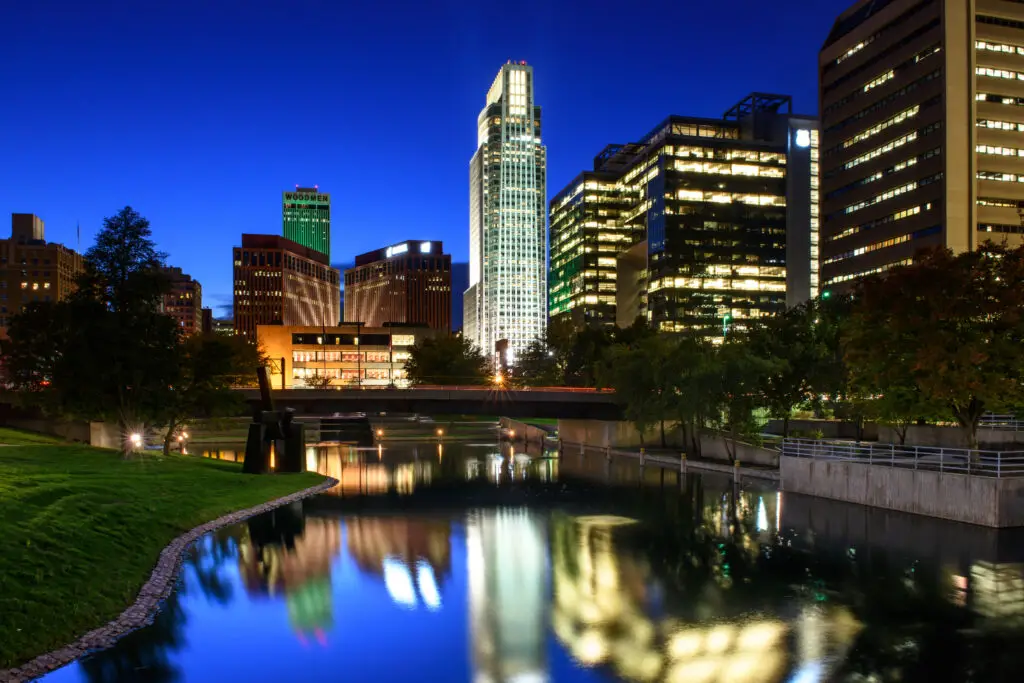
North Omaha might not be the first place people think of when it comes to Black history, but it should be. This neighborhood played a key role in the civil rights movement and has a deep jazz legacy. In the early 20th century, North Omaha was a hotspot for Black musicians, with clubs like the Dreamland Ballroom hosting icons such as Count Basie and Duke Ellington. The Great Plains Black History Museum keeps these stories alive, offering exhibits on Black pioneers, civil rights leaders, and local artists. The Malcolm X Memorial Foundation pays tribute to the activist, who was born in Omaha before his family was forced to flee due to racial threats. Murals throughout the neighborhood celebrate Black culture, from jazz legends to modern activists.
Despite facing economic challenges, North Omaha has a strong sense of community pride. Black-owned businesses, restaurants, and barbershops remain central to daily life, providing spaces for conversation and connection. The annual Native Omaha Days festival is a major homecoming event, celebrating the neighborhood’s rich history with parades, concerts, and food. Churches have long been pillars of strength, offering not just spiritual guidance but also social activism. Efforts to preserve North Omaha’s Black history continue through community-led initiatives and storytelling projects. Local artists use their work to highlight both the struggles and triumphs of the neighborhood. Whether you’re visiting historical sites, attending a festival, or supporting Black-owned businesses, North Omaha offers a unique and underappreciated look at Black culture in the Midwest.
10. South Side, St. Petersburg
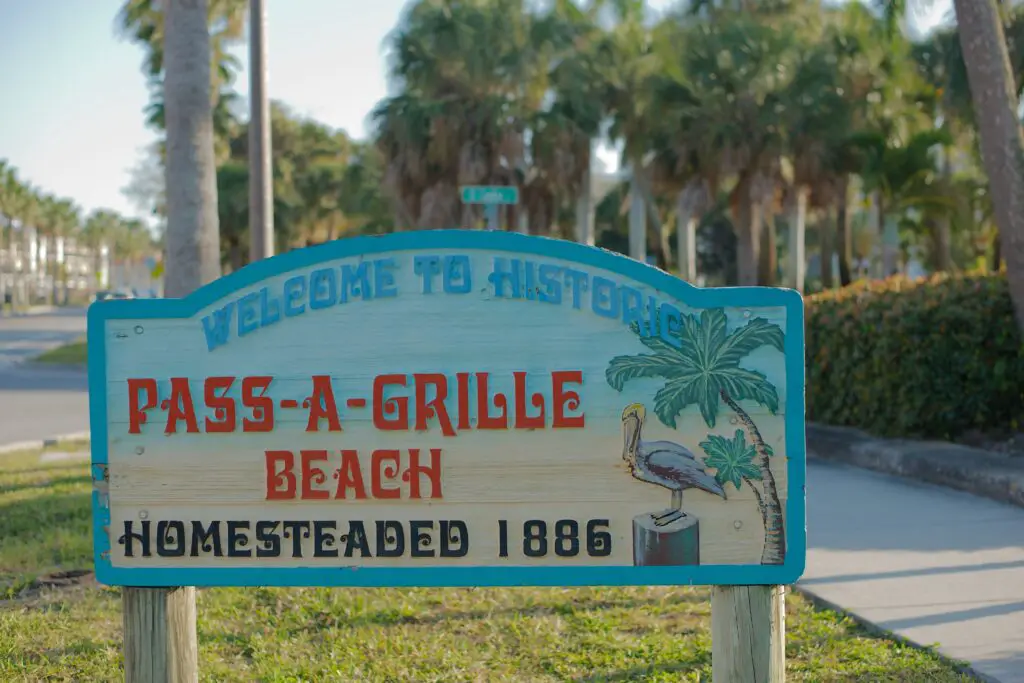
The South Side of St. Petersburg, Florida, is a neighborhood rich in Black history and culture. Known for its strong civil rights legacy, the area was once home to a thriving Black business district, despite the challenges of segregation. The Dr. Carter G. Woodson African American Museum highlights the achievements of Black leaders, artists, and activists. The Manhattan Casino, a historic music venue, once hosted legends like Ray Charles and Duke Ellington and continues to be a space for community gatherings. The neighborhood’s murals celebrate Black heritage, with stunning portraits of civil rights leaders and jazz musicians. The annual Florida Black Heritage Festival brings together artists, musicians, and historians to honor the past while looking toward the future.
Black-owned restaurants and markets continue to be a major part of South Side’s cultural fabric. The neighborhood’s churches, some over a century old, have been instrumental in the fight for social justice. Community gardens and urban farming initiatives have been launched to promote food security and economic empowerment. The area’s rich storytelling tradition is kept alive through spoken word events and poetry readings. Despite the pressures of gentrification, local activists are working to ensure that South Side’s Black identity remains strong. Young entrepreneurs are opening businesses that reflect the neighborhood’s deep roots and evolving culture. Whether you’re exploring historic sites, attending a festival, or enjoying a meal at a Black-owned café, South Side is a place where Black culture is celebrated and preserved.
11. Fifth Ward, Houston

Houston’s Fifth Ward has been a cornerstone of Black culture in Texas for over a century. Once known as “The Nickel,” this neighborhood became a refuge for Black families during segregation, fostering a strong sense of community and resilience. It was home to Barbara Jordan, the first Black woman elected to the Texas Senate, and her legacy of activism still influences the neighborhood today. The DeLUXE Theater, once a hub for Black performers, has been restored and now serves as a cultural center. Murals throughout the Fifth Ward tell the story of its rich history, from jazz musicians to civil rights leaders. The neighborhood’s music scene has played a significant role in shaping Houston’s hip-hop culture, producing artists who put the city on the map.
Despite urban renewal efforts that displaced many residents, the Fifth Ward continues to fight for its identity. Community organizations work tirelessly to preserve its history through museums, archives, and storytelling projects. Black-owned businesses remain central to the neighborhood, offering everything from soul food to custom fashion. The annual Lyons Avenue Renaissance Festival celebrates Black heritage with music, art, and food, bringing the community together. Historic churches, some dating back to the 1800s, have been pillars of activism and support for local families. The neighborhood’s resilience in the face of adversity is a testament to the strength of its people. Whether you’re visiting for its history, food, or cultural events, the Fifth Ward stands as a powerful example of Black excellence and perseverance.
12. Hough, Cleveland
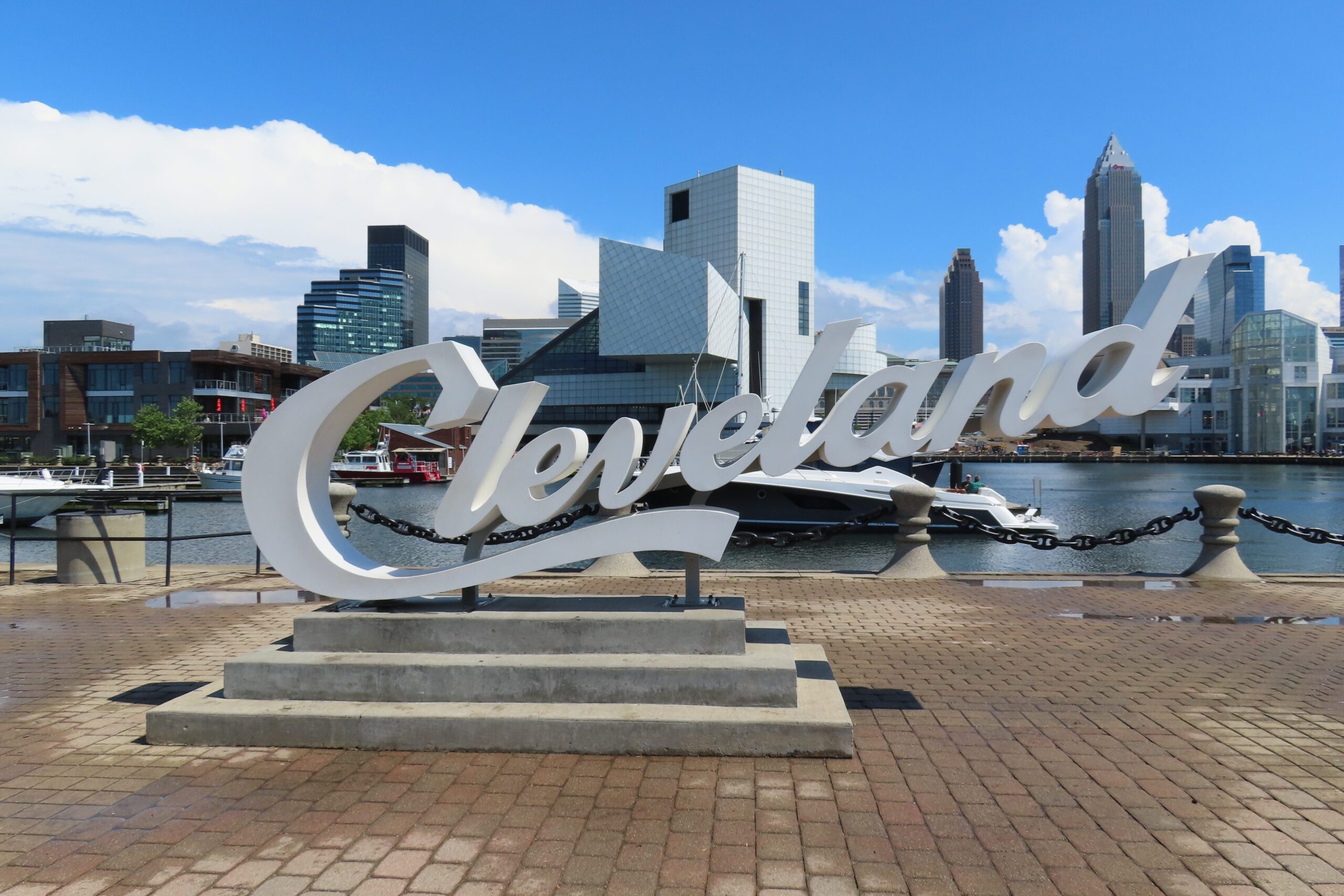
Hough is a Cleveland neighborhood with a powerful history of struggle and resilience. Once a thriving Black community in the mid-20th century, Hough faced economic challenges and racial tensions that led to the 1966 Hough Riots, a pivotal moment in Cleveland’s civil rights history. Despite the hardships, the neighborhood has continually rebuilt itself, with residents working to preserve its Black cultural legacy. The African American Cultural Garden is a beautiful tribute to Black history, featuring statues and plaques honoring influential figures. Karamu House, the nation’s oldest African American theater, has nurtured Black playwrights and actors for over a century, including legends like Langston Hughes. Murals throughout Hough celebrate its legacy, depicting Black leaders, artists, and everyday heroes.
The neighborhood has a strong tradition of Black entrepreneurship, with businesses that have stood the test of time. Community centers and churches play a key role in uplifting Hough’s residents, offering resources and cultural programming. The annual African American Heritage Festival brings together people from all over Cleveland to celebrate Black music, food, and history. The Hough Market supports Black farmers and food vendors, emphasizing economic empowerment. Young artists and musicians continue to shape the neighborhood’s identity, blending traditional influences with modern creativity. Hough’s story is one of resilience, proving that even in the face of adversity, Black culture and history will always thrive. Whether you’re exploring its cultural institutions or simply walking through its streets, Hough is a neighborhood that honors its past while building toward a brighter future.
